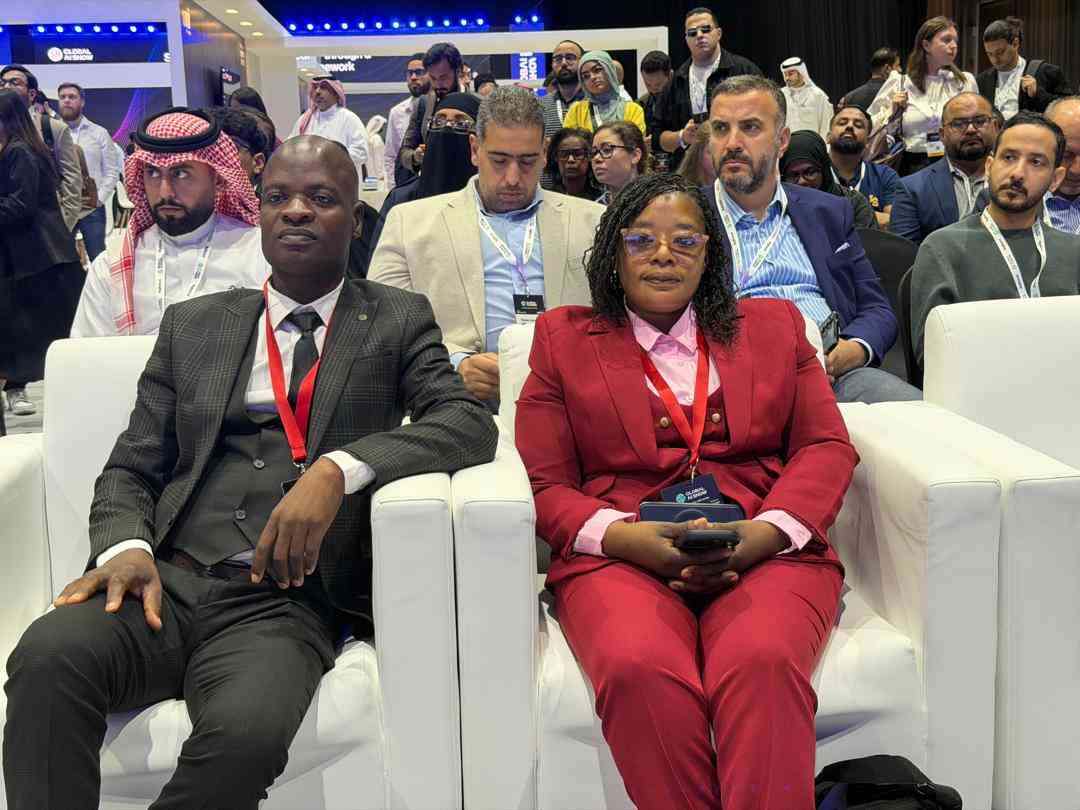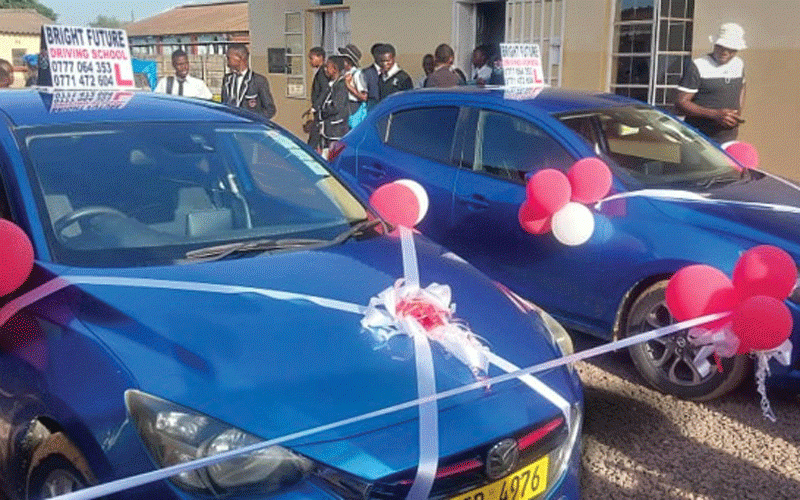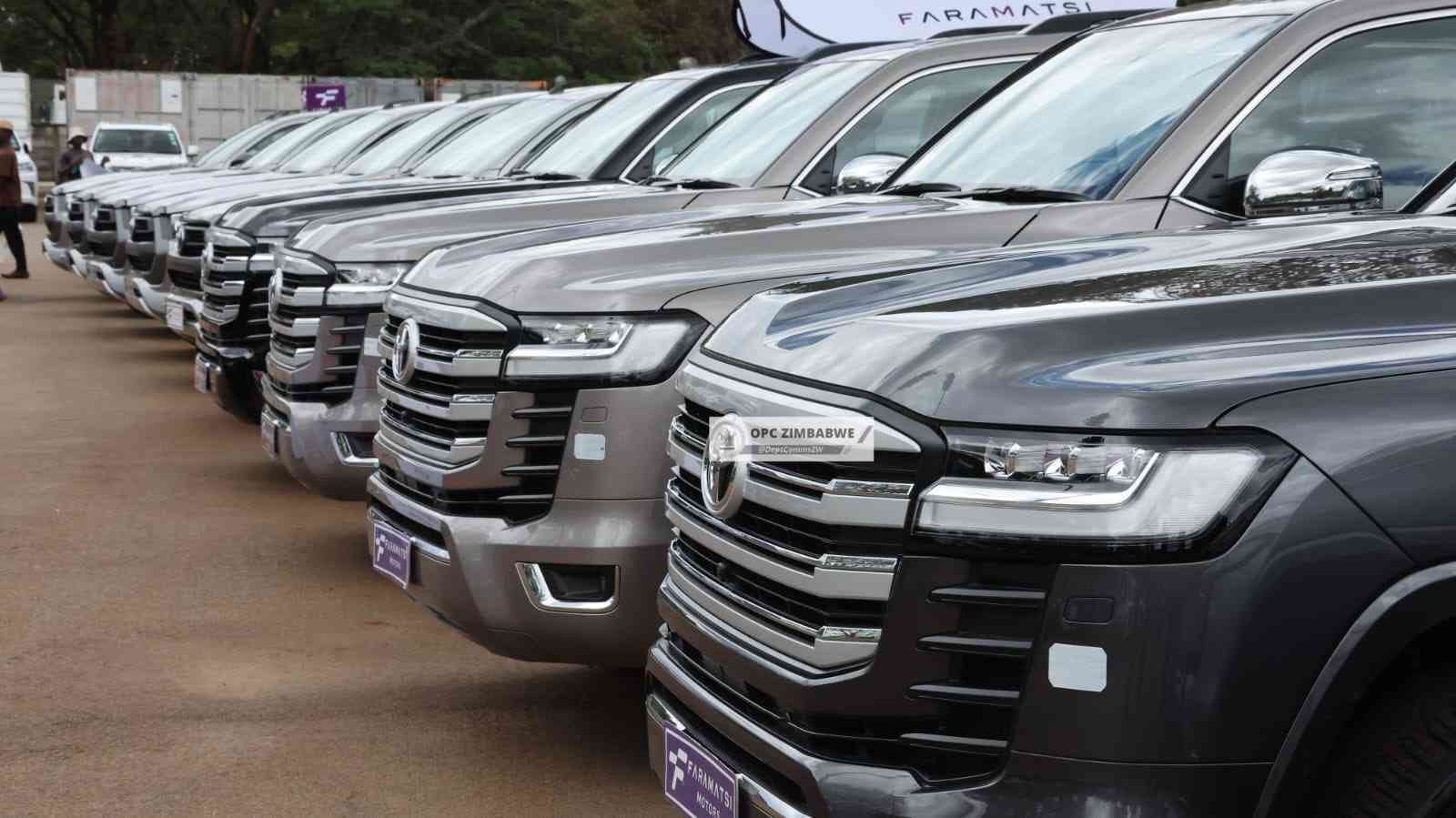
LAST week's piece that was written in the form of a letter drew interesting responses from followers of this column.
Most of them were not aware of the existence of Liłiesleaf Farm and its symbiotic relationship with South Africa's freedom from apartheid rule.
The 11-hectare farm was later converted into sort of a museum after freedom from apartheid, which found itself among major tourist attraction places whose history also includes the late Nelson Mandela, South Africa's first democratically elected president.
Mandela was a regular resident at the farm and is reported to have disguised himself as David Motsomai, a cook who also doubled up as gardener in efforts to elude the then South African police who were on a massive manhunt for him.
To the uninitiated, Liliesleaf Farm is situated in Rivonia suburb, northern Johannesburg and in 1960s was used as a safe house for political fugitives especially by the African National Congress (ANC) and its affiliates during the apatheid rule.
It is at this particular place where the likes of Govan Mbeki, Walter Sisulu, Ahmed Kathrada and Raymond Mhlaba among other senior ANC members were arrested on July 11, 1963 and charged with trying to overthrow then government by military force.
Mandela was not among the apprehended party members as he was already serving a five-year prison sentence for leaving the country without a valid passport and had been arrested a year earlier.
Soon after that country's freedom in 1994, the farm house was turned into a museum and most artefacts that are currently found there were used and applied during that particular period. The place has been a major tourist attraction joining the likes of Robben Island where most of those arrested at Liliesleaf Farm were serving their life sentences there.
- Zim headed for a political dead heat in 2023
- Record breaker Mpofu revisits difficult upbringing
- Tendo Electronics eyes Africa after TelOne deal
- Record breaker Mpofu revisits difficult upbringing
Keep Reading
Due to overwhelming evidence 'discovered' at this particular manor, Mandela who was already a serving prisoner, was also later sentenced to life imprisonment joining his colleagues.
All this interesting liberation tourism history is elucidated to visitors at the museum.
Another place, which has proven to be an interesting piece of South African tourism industry is the Nelson Mandela capture site. The place situated near Howick in Kwa Zulu Natal province is where he was arrested on August 5, 1962 ending his run as the most wanted political fugitive.
A unique monument in honour of this late statesman was constructed comprising of 50 steel columns that are between six and 9.5 metres in height covering a width of close to 30 meters.
The steel columns were cut with a laser forming an image of the former president when viewed at an appropriate angle and also creates a two-dimensional image of Mandela which can be seen from 30 meters away.
Yours Truly envisages a similar situation in our motherland if such a programme were to be implemented by government as well as relevant tourism stakeholders. This has in the past been highlighted in this particular column.
What comes into mind is the Chinhoyi Battle Site, Wankie Battle Site, Mugabe-Tangwena Crossing, Old Bulawayo Site, Sikombela and Gonakudzingwa Detention Centres among others.
This week, Yours Truly briefly discusses the famous Wankie Battle of August 1967.
A lot has been written concerning Chinhoyi Battle Site that marked commencement of the armed struggle while Wankie Battle deserves special mention in the country's liberation war and tourism industry.
The latter was fought in August, 1967 around the Nyantuwe railway siding, which is a few kilometres from the coal mining town of Hwange and also in the Sinamatella area.
This also marked the beginning of the country's armed struggle from the western front of the then Rhodesia and comprised Zipra forces fighting alongside Umkhonto We Sizwe (MK), which was the ANC armed military wing.
It comprised the likes of the late Chris Hani from the MK side, who later remarked that Wankie Battle proved to be an eye opener in the two countries' independence struggle.
The late Dumiso Dabengwa, a former Zipra intelligence supremo had this to say : "It took the whole night to cross about half the detachment of three platoons.
"At daybreak, everyone on both sides of the river had to take cover and rest until nightfall the following day. On the following day, crossing resumed at night until early hours of the morning.
"Once the entire detachment had crossed, they were guided towards the main Victoria Falls to Wankie road by a few cadres selected from the reconnaissance team.
"As soon as they cleared from the Rhodesian side of the bank, two old men from Matetsi village, as arranged, drove a large flock of goats to cover the footprints of the detachment.
"The two Zipra sections were allowed to separate for deployment in Wankie and Lupane areas. Meanwhile the detachment proceeded and encamped in the Inyantuwe area on August 12.
"The following day on the 13th, they had their first encounter with the Rhodesian forces, comprising a platoon made up of BSAP and RAR.
"Chris Hani as commissar of the combined forces in the Luthuli detachment commented on the battle of Inyantuwe thus, "It was one of the battles they were engaged in that will probably go down in the history of MK military operations as one of the most heroic.
Displaying outstanding heroism and sacrifice, they fought like lions and actually kept Smith's forces pinned down for the better part of the day".
Time is nigh to encompass, promote and boost liberation tourism.
Till we meet again in the next column.
- Comments always welcome on: dubebasill@gmail.com or Twitter@DubeBurzil










